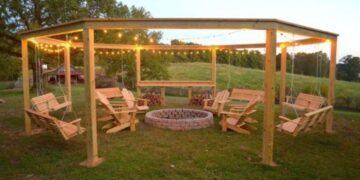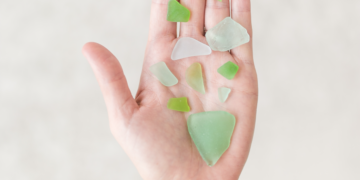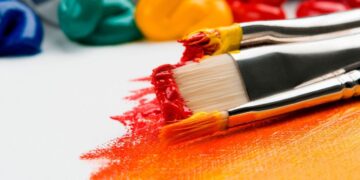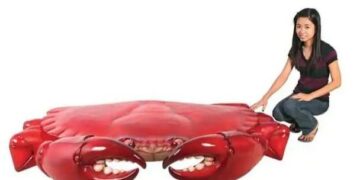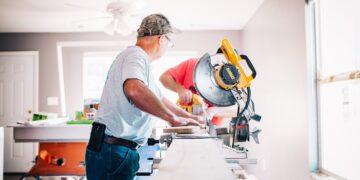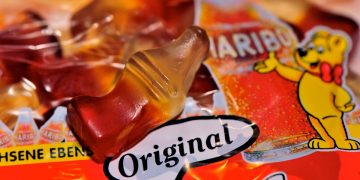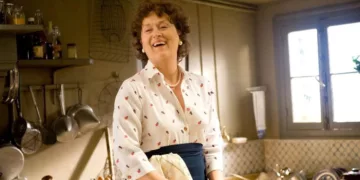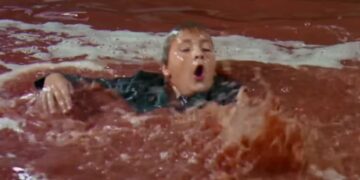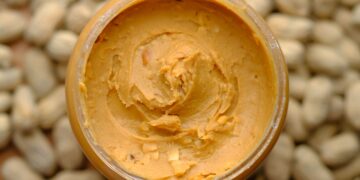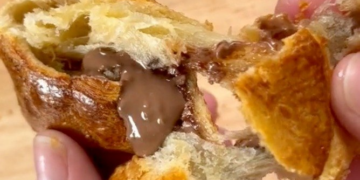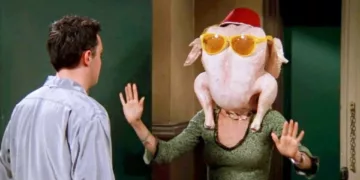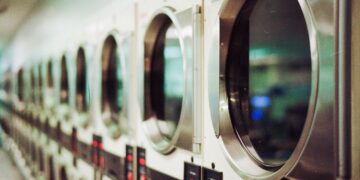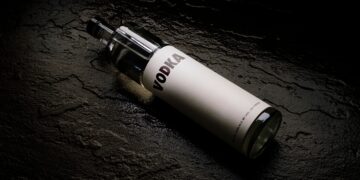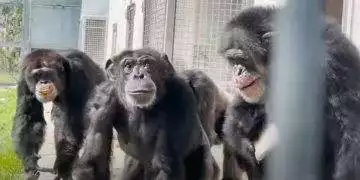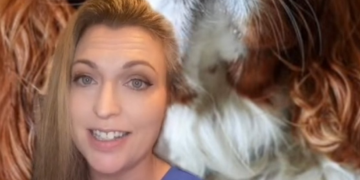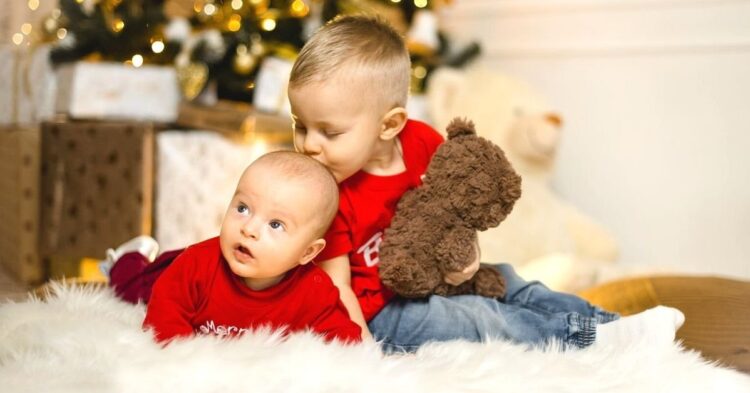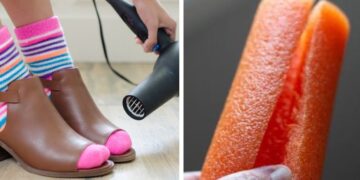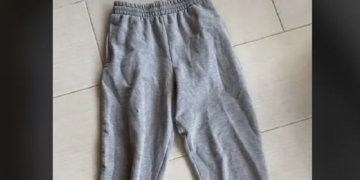So you think you’ve got jokes ? That’s all fine and well, but do you know who doesn’t think you’re funny? You’re newborn, that’s who. At least, not for the first month or so.
In a recent study conducted by the University of Bristol, it’s been revealed that our baby’s laugh means a lot — and that they start develop their sense of humor at as little as 1-month-old.
There are certain sounds in life that are inexplicably pleasing to the ear.

Some of these include things like the crackle of a roaring fire, the strum of an acoustic guitar, and for any parent worth their salt — the sound of a baby’s first laugh.
Most parents make the mistake of trying to get their child to laugh right away.

They’ll throw out all the stops: from standing on their heads to pretending to fall down the stairs. But although you yourself might think that you’re the next Dave Chapelle, your newborn more than likely does not.
That’s because babies don’t start to develop their sense of humor or an ability to laugh until roughly one month.
A study conducted by the University of Bristol sought to determine just precisely how humor develops in young children, aged 0-47 months. Their results conclusively have shown that there are 21 different types of humor occurring throughout these months.
The university selected 671 children to be a part of the study.

The results show that roughly 50% of all children were able to appreciate a sense of humor by the time they reached 2-months-old. By the time the children were 11-months-old — 50% of children were telling their own jokes.
It’s also been shown that once babies start making their own jokes — they don’t stop.

When a baby discovers the ability to make a joke, they begin cracking them on a regular basis — sometimes as often as every 3-4 hours a day, depending on their level of engagement with others.
For those children less than 12 months old, physical humor is the most tried and true method.
This can include things like making funny voices, playing a riveting game of peekaboo, and misusing common items you can find around the house (like keys or plates).
Once your baby turns 1-year-old, you’re going to want to change your approach.

At this point in time, you can start to engage in a more back-and-forth style of humor. Try playing make-believe or teach them how to make loud animal sounds. If that fails, resorting to toilet humor is a surefire way to get them laughing.
As they enter the toddler stage, things once again begin to evolve.

Once your child reaches the terrible twos , you’re going to want to lean hard into the absurd and adopt an almost 3 Stooges type of mentality. By this age, the thing your child will likely find the most hilarious is you hurting yourself.
Finally, by the age of 3 is when you can start to expect your child to be able to understand the punny side of life.
If you aren’t a master of sleight-of-hand, there’s never been a better time to learn. Kids at this age will positively eat it up. Depending on your level of strictness, you could also experiment with a few naughty words (nothing too inappropriate, though).
Researchers have also stated that socialization is key when developing humor in children.

Some of the best jokes I ever heard were told during morning recess on the playground. If you want to give your kids a head start, get them interacting with other children their own age.
Study author Dr. Elena Hoicka concludes by reiterating that humor is a complex process.
She argues that by attempting to gain a better understanding of how humor works, that we may, in turn, be able to aid our children in their cognitive function, social integration, as well as make improvements to their overall mental health.


